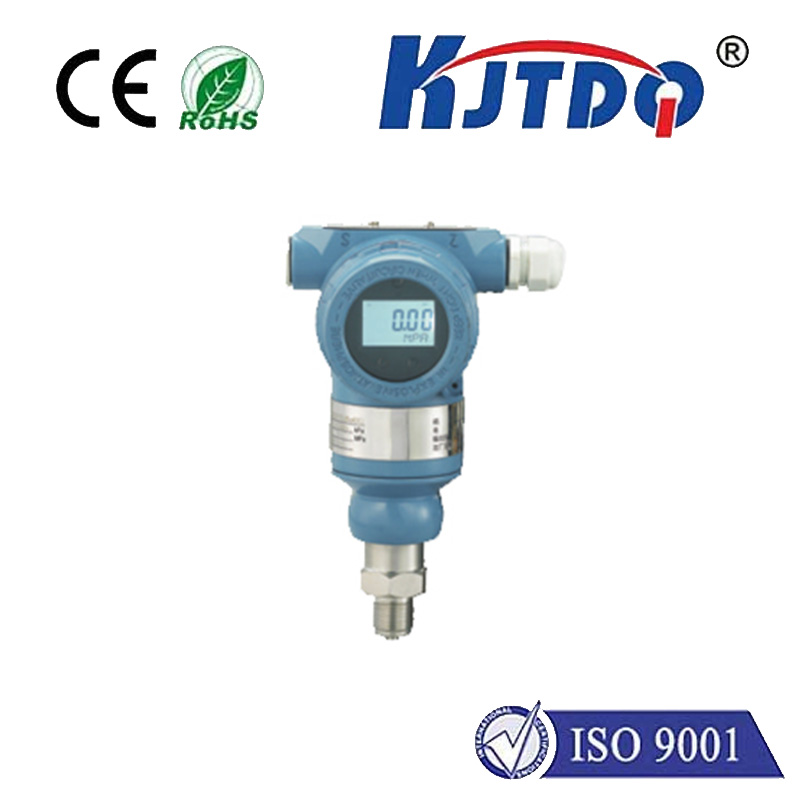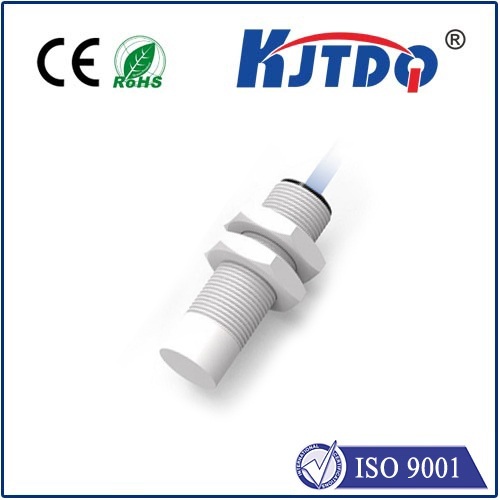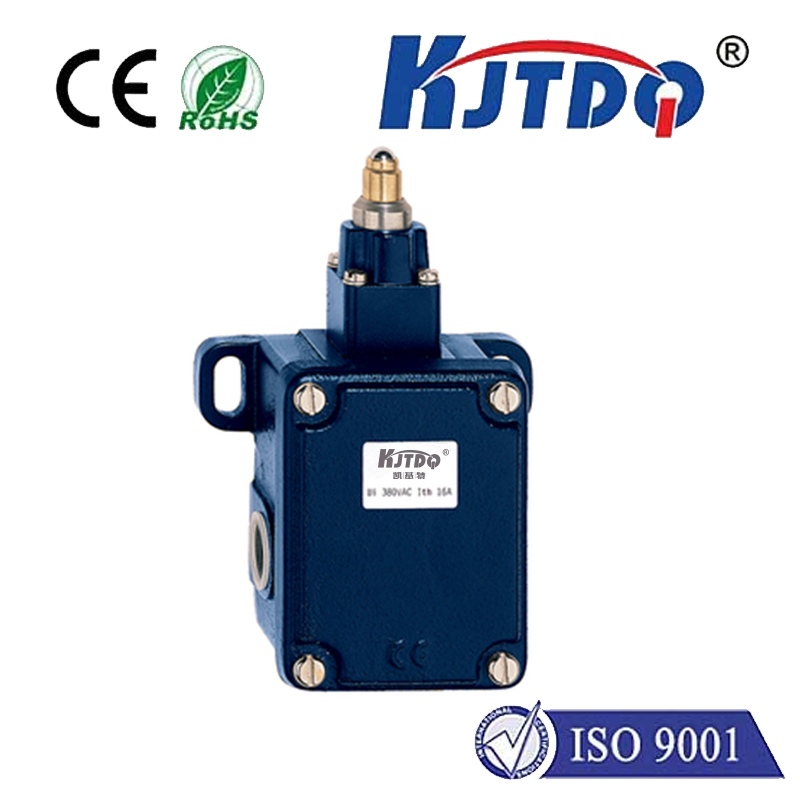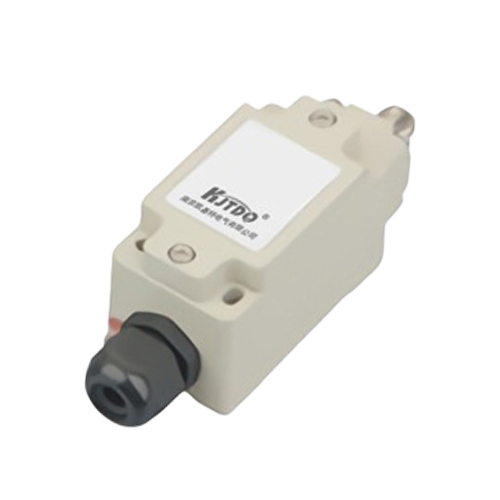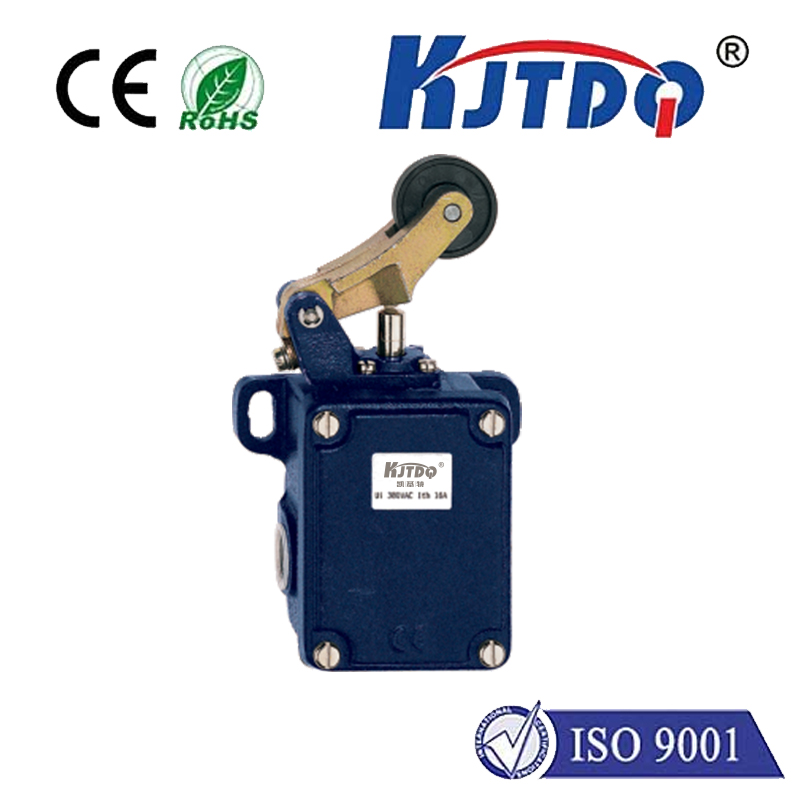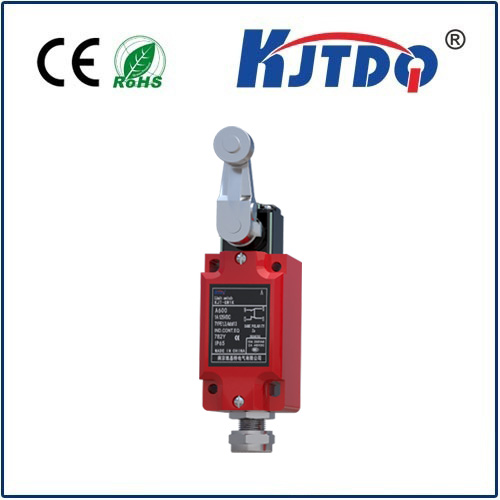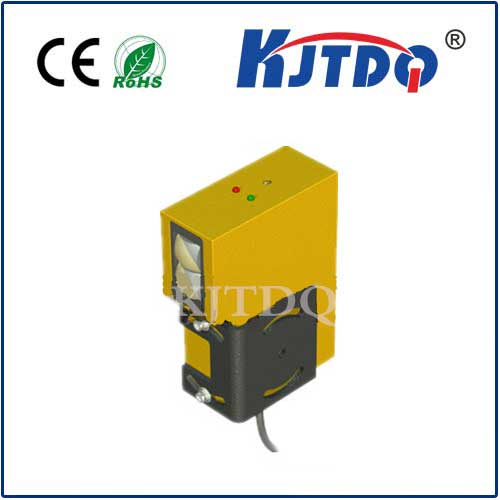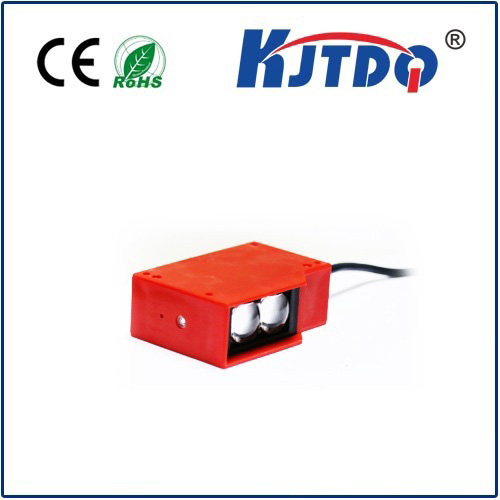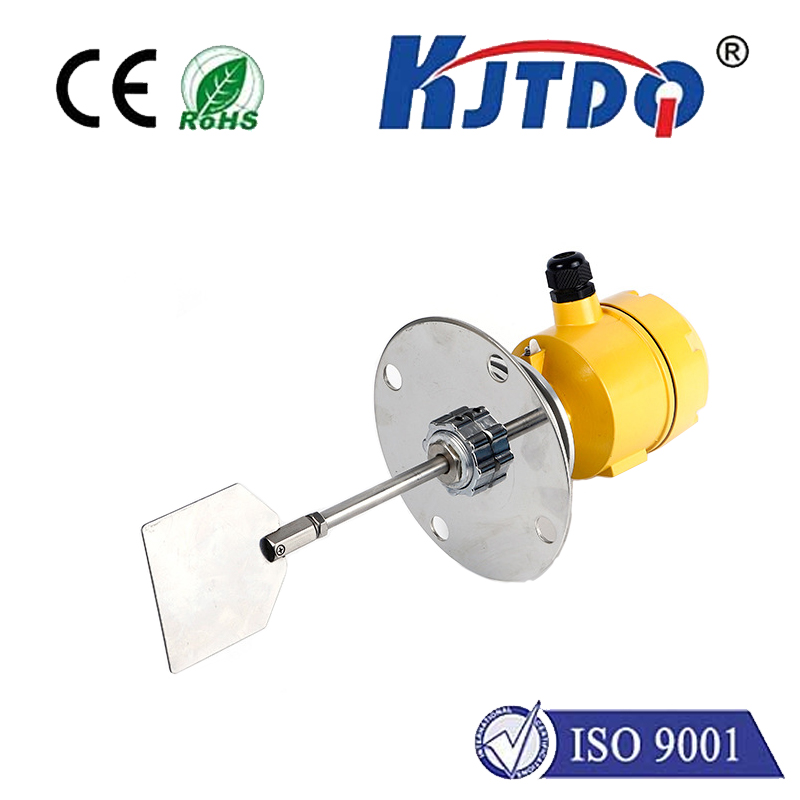Imagine needing to measure the power of a precisely focused laser beam cutting intricate patterns into metal, delivering life-saving medical treatments, or enabling cutting-edge scientific discovery. At the heart of this crucial measurement lies a specialized device: the Laser Energy Photodiode Sensor. This guide delves into the workings, capabilities, and critical role of these indispensable sensors in harnessing the power of laser light.
Understanding the Core Concept
Fundamentally, a Laser Energy Photodiode Sensor is an optoelectronic device designed to measure laser power or energy by converting incident light photons into an electrical signal proportional to the light’s intensity. Its core component is a photodiode – a semiconductor device exploiting the photoelectric effect. When photons from the laser beam strike the photodiode’s sensitive area, they generate electron-hole pairs within the semiconductor material. An applied bias voltage (or the inherent junction potential) sweeps these charge carriers apart, generating a measurable photocurrent. For constant laser power, this current is stable. For pulsed lasers, the integrated photocurrent over the pulse duration provides a measure of the pulse energy.
Why Photodiodes for Laser Measurement?
Compared to alternatives like thermal power sensors (e.g., thermopiles), photodiode detectors offer distinct advantages crucial for many laser applications:

Crucial Calibration and the Role of Absorbers
A fundamental aspect distinguishing a Laser Energy Photodiode Sensor from a simple photodiode is calibration. While a raw photodiode produces current proportional to incident light, an accurate power measurement requires knowing the exact relationship between the generated current and the optical power (in Watts) or energy (in Joules), across specific wavelengths. This involves precise calibration against a recognized standard, typically a thermal sensor (like a thermopile), which directly measures absorbed heat and serves as the primary standard for optical power. Calibration factors (A/W for power, V/J or A/J for energy) are provided for each sensor at specified wavelengths.
Furthermore, pure silicon or InGaAs photodiodes are not inherently perfect absorbers across all wavelengths. Reflected or transmitted light can lead to measurement errors. To achieve high absolute accuracy (often required for traceable measurements), sophisticated Laser Energy Photodiode Sensors incorporate absorbing coatings or specially designed entrance apertures. These features minimize reflection and ensure nearly all incident photons are absorbed within the detector volume, maximizing signal accuracy and uniformity. This calibration and absorption optimization is what truly defines a sensor-grade instrument versus a simple detector.
Key Performance Parameters
When selecting or evaluating a photodiode power sensor, several key specifications are paramount:
Diverse Applications Across Industries
The unique capabilities of Laser Energy Photodiode Sensors make them vital tools in numerous fields:
Ensuring Reliable Laser Power Measurement
The Laser Energy Photodiode Sensor stands as a cornerstone technology for quantifying laser light. Its blend of speed, sensitivity, and adaptability, underpinned by rigorous calibration and advanced absorption design, enables precise power measurement and pulse energy quantification across an astounding range of applications. From refining industrial processes to pushing the boundaries of scientific research and safeguarding medical procedures, the accurate data provided by these sensors is fundamental to safely and effectively harnessing the power of light. Choosing the right sensor, understanding its capabilities and limitations, and utilizing it correctly are paramount for achieving reliable results in any laser-driven endeavor.
